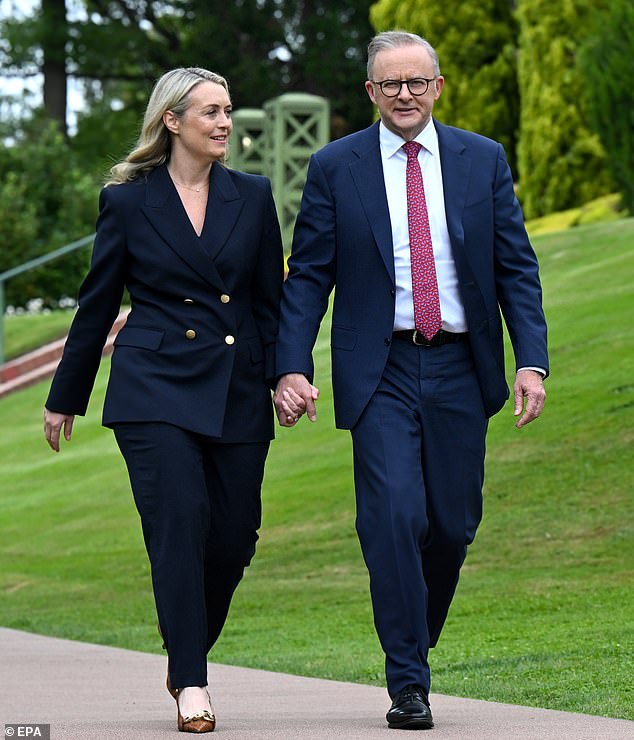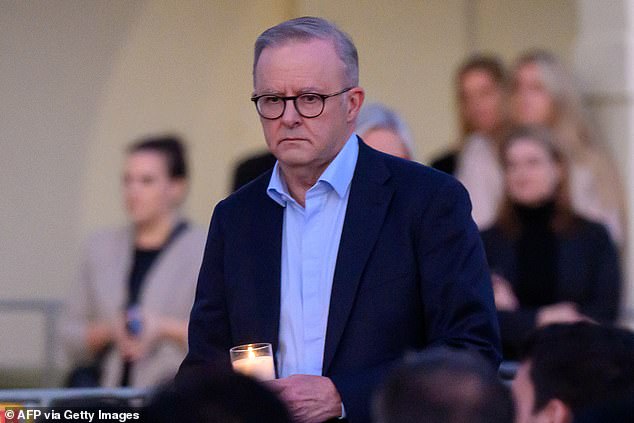Prime Minister Anthony Albanese’s popularity has plummeted and voters are increasingly unsure of his ability to manage the economy.
The Labor primary vote fell to 33 per cent, just above the 32.58 it received in the 2022 election, according to the latest RedBridge poll.
The poll found more voters believed Australia was going in the wrong direction, with 49 per cent compared to 30 per cent who thought it was going in the right direction.
RedBridged asked a similar question in February and received an almost identical answer.
Australians who voted Labor are also losing faith in the party’s ability to manage the country’s economy, having fallen to 25 per cent, down from 32 per cent in December.
The Labor primary vote has fallen to 33 per cent, according to RedBridge’s latest poll of federal voting intentions.
The Coalition rose one point to 38 per cent, up 2.3 per cent from the 2022 election.
In terms of two-party preference, Labor remains in the lead with 52 per cent, compared to 48 per cent for the Coalition.
However, Labour’s lead has fallen two points after recording 54 per cent in March.
Since March, the Green Party’s primary vote has increased two percent to a total of 12 percent, just 0.25 percent below its share of voters in the 2022 election.
The survey recorded its biggest change in the number of people planning to vote for another party, falling from 16 percent to 11 percent in one month.
RedBridge’s data is in line with results from other pollsters, including Resolve, Morgan and Freshwater, which recorded a swing towards the Coalition and a drop in Labor votes.
The fall in confidence in Albanese and his government in handling the cost of living crisis comes after inflation rose again in Australia.
In March, the consumer price index rose to 3.5 percent, up from 3.4 percent in February.
This meant that headline inflation, based on the monthly measure of annual price increases, was even further above the RBA’s target of between two and three per cent.
Westpac Bank now expects a delay in rate cuts.
Gasoline increases rose 8.1 percent over the year as Israel’s war against the Hamas terrorist group and now Iran drove up crude oil prices, leading to premium unleaded fuels sold for more than $2.20 a liter throughout Sydney.

The survey found that Labor voters have lost faith in the party’s ability to manage the country’s economy.
Food is also more expensive: Bread and cereal prices increased by 7.3 percent, while financial and insurance costs increased by 8.2 percent.
The quarterly measure of headline inflation, however, showed some moderation with the CPI rising 3.6 percent – down from 4.1 percent in December – but was higher than market forecasts for a 3.0 percent increase. 5 percent.
An underlying measure of inflation, known as the weighted median, showed alarming annual price increases of 4.4 percent, based on goods and services whose prices rose at the middle of the range.
The Australian Bureau of Statistics calculates price increases based on analysis of a basket of goods.


